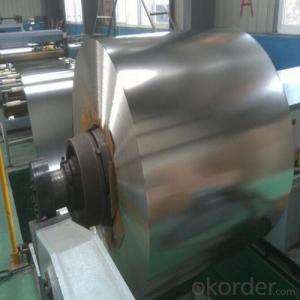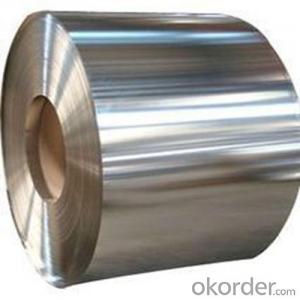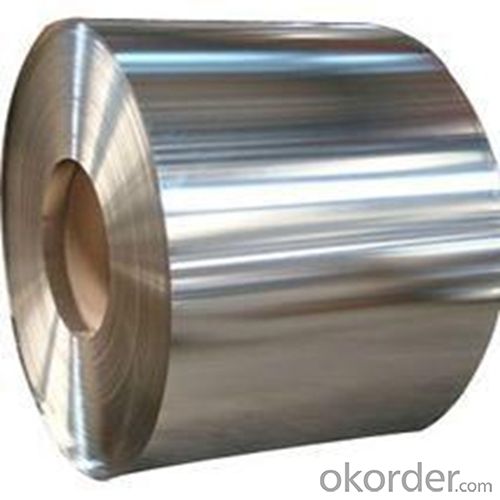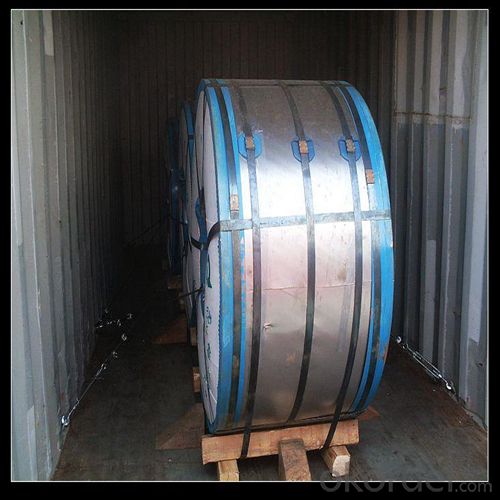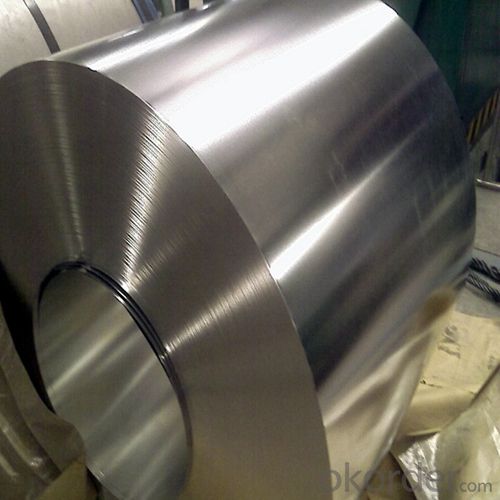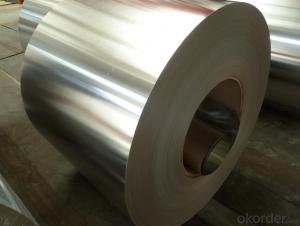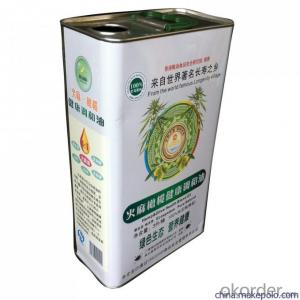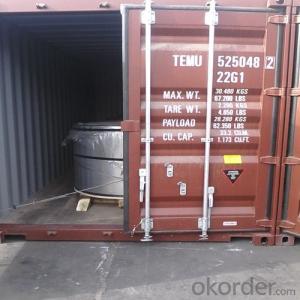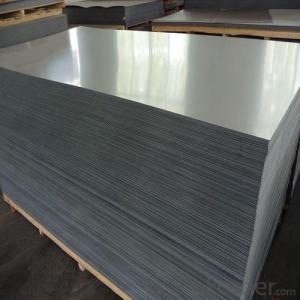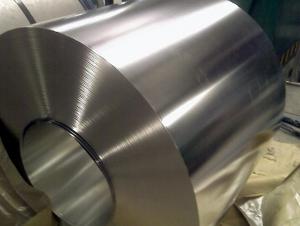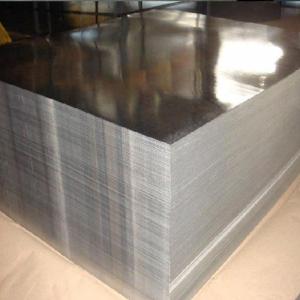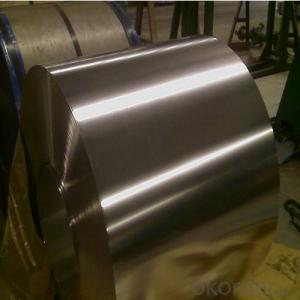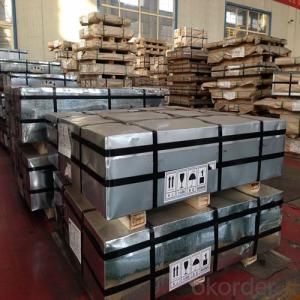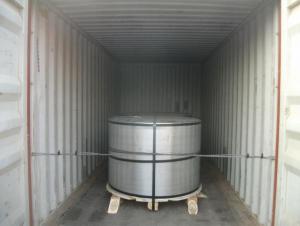Prime Electrolytic Prime ETP Tinplate for Food Packaging (Manufacturer)
- Loading Port:
- Tianjin
- Payment Terms:
- TT OR LC
- Min Order Qty:
- 25 m.t
- Supply Capability:
- 30000 m.t/month
OKorder Service Pledge
OKorder Financial Service
You Might Also Like
1.Structure of Prime Electrolytic Prime ETP Tinplate for Food Packaging (Manufacturer) Description
Electrolytic Tin Plate Coils and Sheets for Foods Metal Packaging, is one thin steel sheet with a coating of tin applied by electrolytic deposition. Tinplate made by this process is essentially a sandwich in which the central core is strip steel. This core is cleaned in a pickling solution and then fed through tanks containing electrolyte, where tin is deposited on both sides. As the strip passes between high-frequency electric induction coils, it is heated so that the tin coating melts and flows to form a lustrous coat.
2.Main Features of the Prime Electrolytic Prime ETP Tinplate for Food Packaging (Manufacturer)
Appearance – Electrolytic Tin Plate is characterized by its beautiful metallic luster. Products with various kinds of surface roughness are produced by selecting the surface finish of the substrate steel sheet.
Paintability and printability – Electrolytic Tin Plates have excellent paintability and printability. Printing is beautifully finished using various lacquers and inks.
Formability and strength – Electrolytic Tin Plates have got very good formability and strength. By selecting a proper temper grade, appropriate formability is obtained for different applications as well as the required strength after forming.
Corrosion resistance – Tinplate has got good corrosion resistance. By selecting a proper coating weight, appropriate corrosion resistance is obtained against container contents. Coated items should meet 24 hour 5 % salt spray requirement.
Solderability and weldability – Electrolytic Tin Plates can be joined both by soldering or welding. These properties of tinplate are used for making various types of cans.
Hygienic – Tin coating provides good and non toxic barrier properties to protect food products from impurities, bacteria, moisture, light and odours.
Safe – Tinplate being low weight and high strength makes food cans easy to ship and transport.
Eco friendly – Tinplate offers 100 % recyclability.
Tin is not good for low temperature applications since it changes structure and loses adhesion when exposed to temperatures below – 40 deg C.
3.Prime Electrolytic Prime ETP Tinplate for Food Packaging (Manufacturer) Images
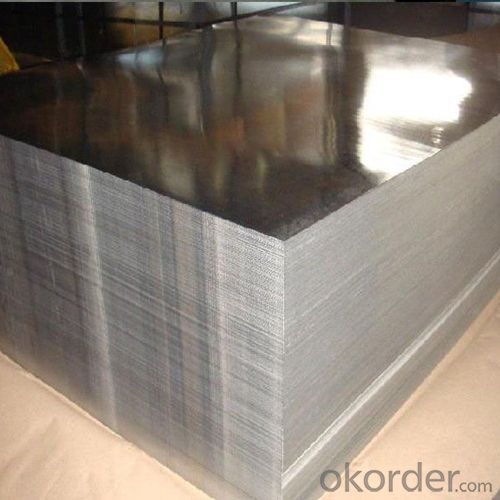

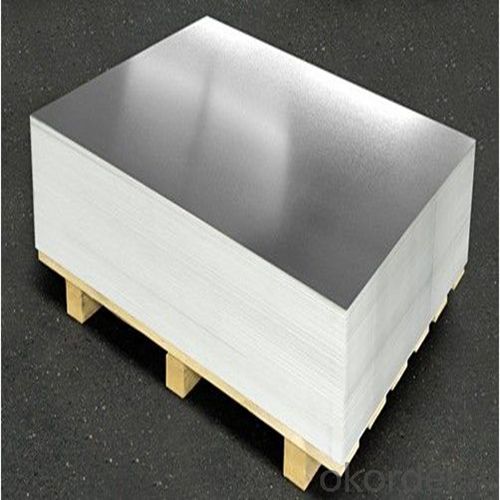
4.Prime Electrolytic Prime ETP Tinplate for Food Packaging (Manufacturer) Specification
Standard | ISO 11949 -1995, GB/T2520-2000,JIS G3303,ASTM A623, BS EN 10202
|
Material | MR,SPCC |
Thickness | 0.15mm - 0.50mm |
Width | 600mm -1150mm |
Temper | T1-T5 |
Annealing | BA & CA |
Coil Inner Diameter | 508mm |
Weight | 6-10 tons/coil 1~1.7 tons/sheets bundle |
Passivation | 311 |
Oil | DOS |
Surface | Finish,bright,stone,matte,silver |
5.FAQ of Prime Electrolytic Prime ETP Tinplate for Food Packaging (Manufacturer)
-What your tinplate material is used for ?
Tinplate is widely used for the packaging of products. Such as food cans,
beverage cans, pet cans, closures, general line cans and so on.
Printed Tinplate is offered!!
-How to place .an order or contact you ?
Please send us Email. we will give you a quick response in seconds .
- How is your quality ?
All our quality is prime even the secondary quality . We have many years experience
In this field with serious quality control standard . Advanced equipment, We welcome your visit to our factory .
- Q: What are the main applications of tinplate in the construction industry?
- Tinplate is commonly used in the construction industry for the production of roofing materials, such as tin roofs, due to its durability, corrosion resistance, and ability to withstand extreme weather conditions. It is also utilized for manufacturing gutters, downspouts, and flashings, providing protection against water damage. Additionally, tinplate is employed in the construction of HVAC systems, air ducts, and ventilation pipes, as it provides a reliable barrier against moisture and corrosion.
- Q: What are the advantages of using tinplate?
- There are several advantages of using tinplate. Firstly, tinplate provides excellent protection against corrosion, making it ideal for packaging food and beverages. It also has a high strength-to-weight ratio, making it lightweight yet durable. Additionally, tinplate is easily recyclable, making it a sustainable choice. It can be easily shaped and formed into various designs, making it versatile for packaging purposes. Lastly, tinplate provides a visually appealing and glossy finish, enhancing the overall aesthetic appeal of the product.
- Q: What are the challenges faced in the recycling of tinplate?
- One of the main challenges in the recycling of tinplate is the separation of tin from the steel base. Tinplate consists of a thin layer of tin coated on steel, and separating these materials requires specialized equipment and processes. Additionally, the presence of other contaminants, such as paint or coatings, can further complicate the recycling process. Proper sorting and cleaning of tinplate waste is necessary to ensure efficient recycling and minimize the loss of valuable materials.
- Q: How does tinplate compare to glass in terms of packaging applications?
- Tinplate and glass have distinct advantages and disadvantages for packaging applications. Tinplate offers superior durability, resistance to corrosion, and can be easily formed into various shapes and sizes, making it suitable for canned food, beverages, and aerosol packaging. On the other hand, glass provides an elegant appearance, is chemically inert, and preserves the taste and quality of its contents. However, glass is fragile, heavier, and more expensive to produce and transport than tinplate. Therefore, the choice between tinplate and glass for packaging applications depends on factors such as product compatibility, cost, and customer preferences.
- Q: What are the main components of tinplate?
- The main components of tinplate are steel and tin.
- Q: Is tinplate safe for contact with skin?
- Yes, tinplate is generally safe for contact with the skin. Tin is non-toxic and does not react with skin or cause any known skin allergies or irritations. However, if the tinplate has sharp or rough edges, it may cause minor cuts or abrasions. It is always important to ensure that tinplate objects are free from any sharp edges or rough surfaces before using them in direct contact with the skin.
- Q: How does tinplate perform in terms of recyclability?
- Tinplate is highly recyclable and has one of the highest recycling rates among packaging materials. It can be recycled indefinitely without losing its properties, making it an environmentally friendly choice.
- Q: How does tinplate perform in terms of insulation properties?
- Tinplate has poor insulation properties due to its high thermal conductivity, meaning it is not an effective insulator and allows heat and electricity to easily pass through.
- Q: Can tinplate be used in extreme temperatures?
- Yes, tinplate can be used in extreme temperatures. Tinplate is known for its excellent heat resistance properties, making it suitable for applications that require withstanding high temperatures.
- Q: How do you paint the tinplate?
- Spray paint. The zygote to be painted is placed on a shelf or plane or hung up and sprayed with a spray gun. Use a small air compressor and spray gun
Send your message to us
Prime Electrolytic Prime ETP Tinplate for Food Packaging (Manufacturer)
- Loading Port:
- Tianjin
- Payment Terms:
- TT OR LC
- Min Order Qty:
- 25 m.t
- Supply Capability:
- 30000 m.t/month
OKorder Service Pledge
OKorder Financial Service
Similar products
Hot products
Hot Searches
Related keywords
